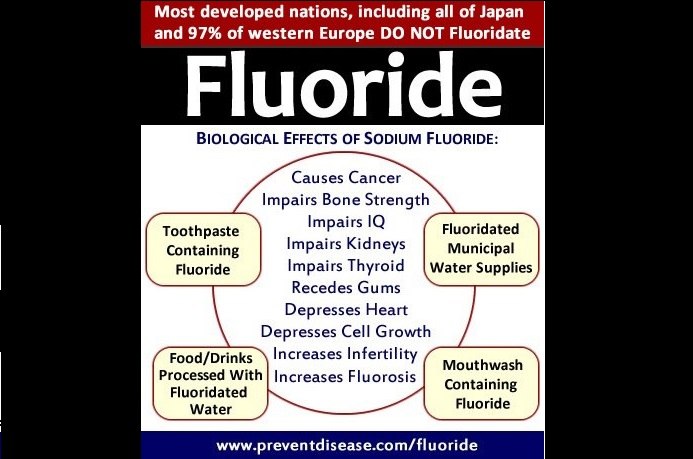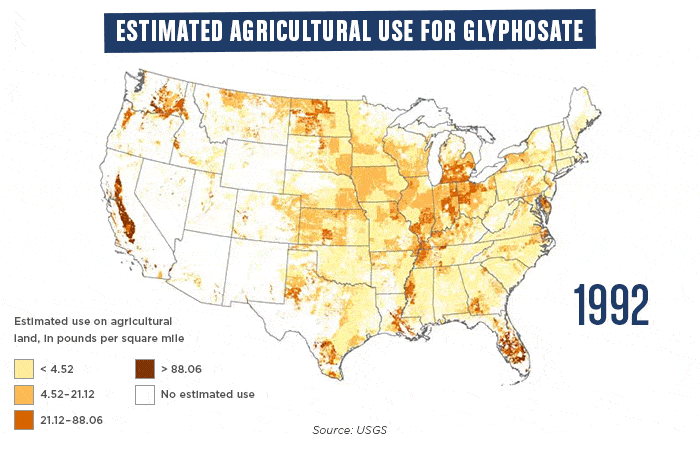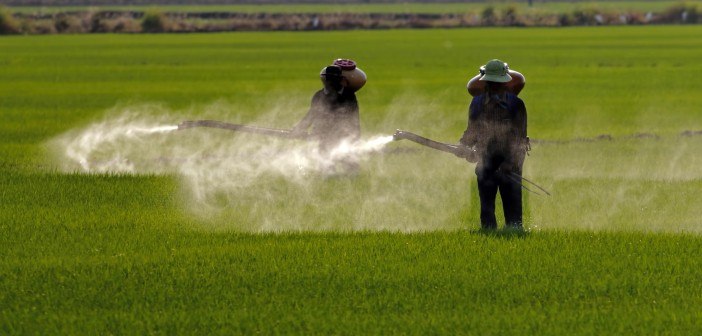Fluoride Toxicity Trial Update
The landmark federal trial pitting Fluoride Action Network (FAN) and others against the US EPA over water fluoridation came to a dramatic turning point Wednesday. FAN has argued that fluoride’s ability to impact the mental development of both the fetal and infant brain posed an unacceptable risk to millions of Americans (and others) drinking fluoridated public water supplies. The dramatic moment came when, after both sides had completed their summary statements, the federal judge surprised everyone by recognizing the key plank in the plaintiffs’ case and undermining the key argument in the EPA’s case. The judge said: “So much has changed since the petition was filed…two significant series of studies – respective cohort studies – which everybody agrees is the best methodology. Everybody agrees that these were rigorous studies and everybody agrees that these studies would be part of the best available scientific evidence. The EPA appears to have applied a standard of causation, which from my read of TSCA is not accurate. It’s not a proper allocation. It’s not the proper standard.” In short, after 20 years of work by FAN and its supporters, and 70+ years of campaigning by opponents of fluoridation since its inception, Wednesday felt like a moment in time where the validity of our objections was finally recognized on a world stage.




















